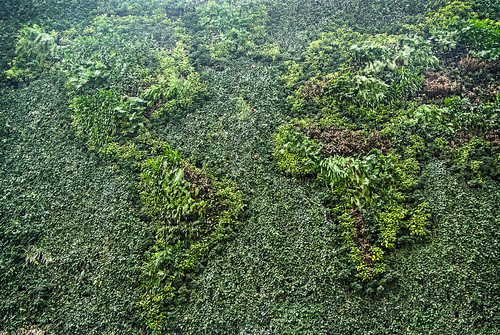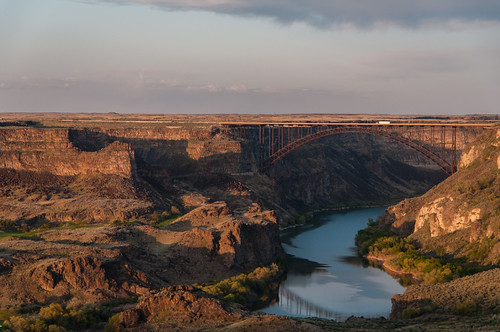Thursday, 1 February 2018
Municipal Climate Action
Communities around the world have realized that cities can play a significant role in establishing a more environmentally sustainable way of life. Here is a sampling of steps municipalities are taking to address climate change.
Waste Management
Europe has established the Zero Waste Municipalities Network, encompassing “people-led programs for waste reduction, reuse and repair programs, composting, recycling, changes in consumption habits, redesign and toxic-free production.”
Ljubljana, Slovenia, has 8 collection centres and mobile units for waste which isn’t picked up at the door, including “hazardous waste, metals, plastic, waste electronic and electric equipment, garden waste, construction waste, car tires, wood and wooden products, bulky waste, clothes and textiles.” Households can also request the collection of bulky items.
In Besançon, France, 70% of residents “compost their food scraps at home or have a community composter in their building or a small-scale composting site next to their house. The diversion of the organic waste from the incinerator has saved €800,000.”
Renewable Energy Production
Oxford County, Ontario, and Vancouver, BC, plan to achieve 100% renewable energy by 2050.
Oxford County has set up solar thermal installations at their social housing complexes as well as at a retirement home where solar energy heats the pool, supplies hot water, and powers the air conditioning. Cow manure from Greenholm Farms Biogas Plants powers 200 homes.
Vancouver’s plans include energy-efficiency building upgrades, neighbourhood energy utilities, a new fire hall built to passive house standards, and a network of electric vehicle charging points.
Improved Active & Public Transportation
Public Transit: Economist Irwin Kellner argues that public transit isn’t a business that should be expected to recover its costs from income. Instead, it should be viewed as “a service that feeds the entire economy and enables a society to thrive, because it provides that essential urban good: mobility.” Erik Olin Wright states that free public transit should not be seen as a subsidy but as the “optimal allocation of resources,” reflecting the true cost of transportation alternatives. A study in the UK showed that free bus passes enabled “older and disabled people to have fuller and more efficient access to the key public services they need and to take part in activities that would not be affordable without the free pass.”
Walking: In the words of Jan Gehl: “Life happens on foot. Man was created to walk, and all of life’s events large and small develop when we walk among other people. There is so much more to walking than walking. There is direct contact between people and the surrounding community, fresh air, time outdoors …” But, to ensure that walking is enjoyable, Jeff Speck says "a journey on foot should satisfy four main conditions: be useful, safe, comfortable and interesting.”
Improved Land Management Practices
UK’s Wildlife Trusts have published a pamphlet entitled Homes for People and Wildlife: How to Build Housing in a Nature-Friendly Way. The pamphlet states, “A good nature-friendly development retains existing meadows, wetlands, hedgerows, trees and woods, and joins them up with wildlife-rich gardens, verges, amenity green space, cycle paths and walkways.” Tools include permeable driveways to reduce flood risk, lighting designed to avoid disturbing wildlife, wildlife corridors, wildlife-permeable boundaries between gardens and open space, and native, wildlife-friendly plants in gardens and landscaping.
An apartment development on the Thames established floating barges for bird roosts, intertidal terraces as habitat for smelt, and landscaping that included shallow pools favoured by certain native plants and invertebrates.
Energy-Efficient Buildings
Most Canadian building codes fail to address energy efficiency. Vancouver has updated its building bylaw to make buildings more energy efficient. The bylaw covers new homes and renovations with special provisions for passive house builds.
Enhanced Water Management
Calgary’s stormwater management plan includes rain gardens, man-made wetlands with natural vegetation, bioswales, and low impact development.
Toronto was the first City in North America to have a bylaw requiring green roofs on new development. Green roofs improve stormwater drainage, moderate the temperature, create wildlife habitat, and promote biodiversity.
Since 2001, the population of Okotoks, Alberta, has more than doubled, necessitating a focus on water conservation and retention. Water meters have reduced system leakage and given residents real-time feedback on their consumption habits. The City also emphasizes maximizing water productivity. For example, new residential properties “must have at least 12 inches of topsoil to maximize water retention, help manage stormwater and reduce the need for lawn watering.”
Improved Air Quality
Idle-free bylaws are a straightforward way to reduce greenhouse gas emissions. Cities across Canada and around the world have established anti-idling bylaws. Here are a few examples from British Columbia.
Saskatoon Takes Action
The City of Saskatoon is developing a climate action plan and is requesting input from residents, businesses, and non-profit organizations. Fill out a survey or tell your story (until February 15).
Labels:
Air,
Climate Change,
Housing,
Passive House,
Renewable Energy,
Saskatoon,
Transportation,
Waste,
Water



